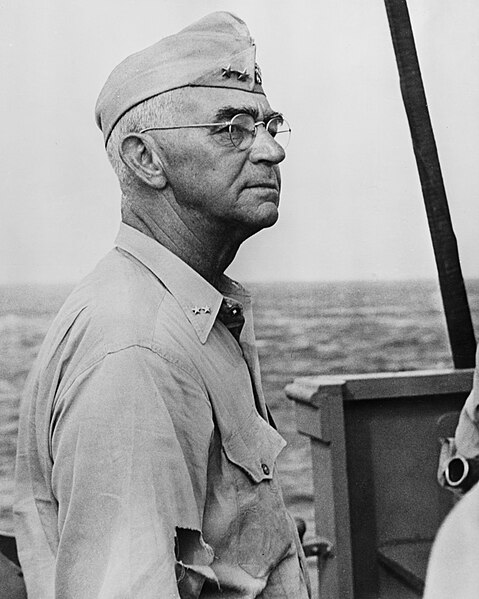The Drive on Munda Point was an offensive by mainly United States Army forces against Imperial Japanese forces on New Georgia in the Solomon Islands from 2–17 July 1943. The Japanese forces, mainly from the Imperial Japanese Army, were guarding an airfield at Munda Point on the western coast of the island that the U.S. wished to capture as one of the key objectives of the New Georgia campaign. After landing around Zanana on 2 July from Rendova, U.S. troops began a westward advance towards the airfield at Munda. Held up by difficult terrain and stubborn Japanese defense, elements of three U.S. regiments advanced slowly along the Munda trail over the course of two weeks. The slow progress resulted in a reorganization of the U.S. forces assigned to the drive, and preparations were made for a corps-level offensive, but before this could be launched, the Japanese launched a counterattack on 17 July.

U.S. Army soldiers from the 172nd Infantry Regiment cross a creek during the drive towards Munda Point in July 1943
The New Georgia group of islands
Drive towards Munda Point 2–14 July 1943
Troops from the 3rd Battalion, 103rd Infantry Regiment embarking on Rendova
The New Georgia campaign was a series of land and naval battles of the Pacific Theater of World War II between Allied forces and the Empire of Japan. It was part of Operation Cartwheel, the Allied strategy in the South Pacific to isolate the Japanese base around Rabaul. The campaign took place in the New Georgia Islands in the central Solomon Islands and followed the Allied capture of the Russell Islands. The main fighting took place on New Georgia itself, although significant actions also took place around the island chain throughout the campaign.
Men of the United States 25th Infantry Division push through the jungle along the Zieta Trail on 12 August 1943
Rear Admiral Richmond Kelly Turner, Commander South Pacific Amphibious Forces
American forces landing on Rendova Island
Lieutenant Colonel Harry B. Liversedge on New Georgia.








